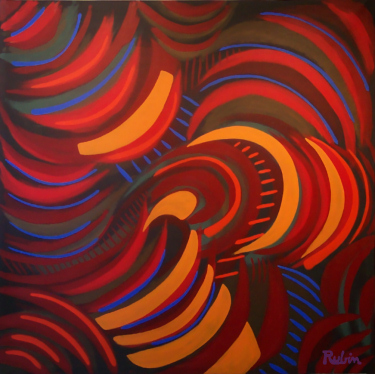Synchromism, often wrongly spelt as Synchronism, was an American art movement founded in the year 1912-13. Co-founded by Abstractionists Morgan Russell (1886-1953) and Stanton MacDonald-Wright, this purely abstract style was the first to bring America on the international stage of Fine Arts. It is easy to draw a parallel between Synchromism and its Contemporary Art form Orphism, which was essentially a trend or specialization in the Cubist Art that placed a premium on the understanding and the use of colors. Orphism was considered the crucial piece leading to the evolution of Abstract Art from Cubism. The body of works in Orphism was related to the Greek God Orpheus, who represented music, fine arts, and the musical instrument lyre. Synchromism never restricted itself to a particular subject or a group of subjects. Nevertheless, in techniques and forms it remained similar to Orphism
The underlying philosophy of Synchromism is to identify and recreate the colors symmetry, which is considered a similar phenomenon as the harmonization of musical symphonies. The co-founders argued that juxtaposed or lyrically arranged, colors are capable of conveying the message just as the finely orchestrated musical notes. Therefore, the 'early' paintings in Synchromism tend to reduce the use of blended shades, flowing tones, and hues. However, as the trend moved towards complexity in the later stages, such elements began forming a part of Synchromism.S

Hiç yorum yok:
Yorum Gönder